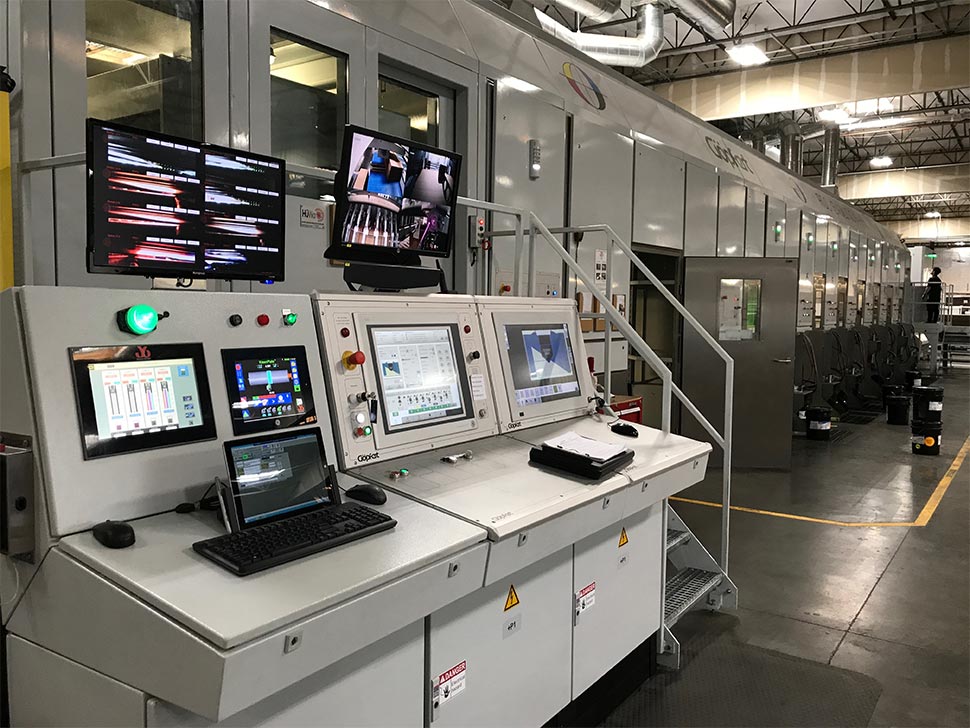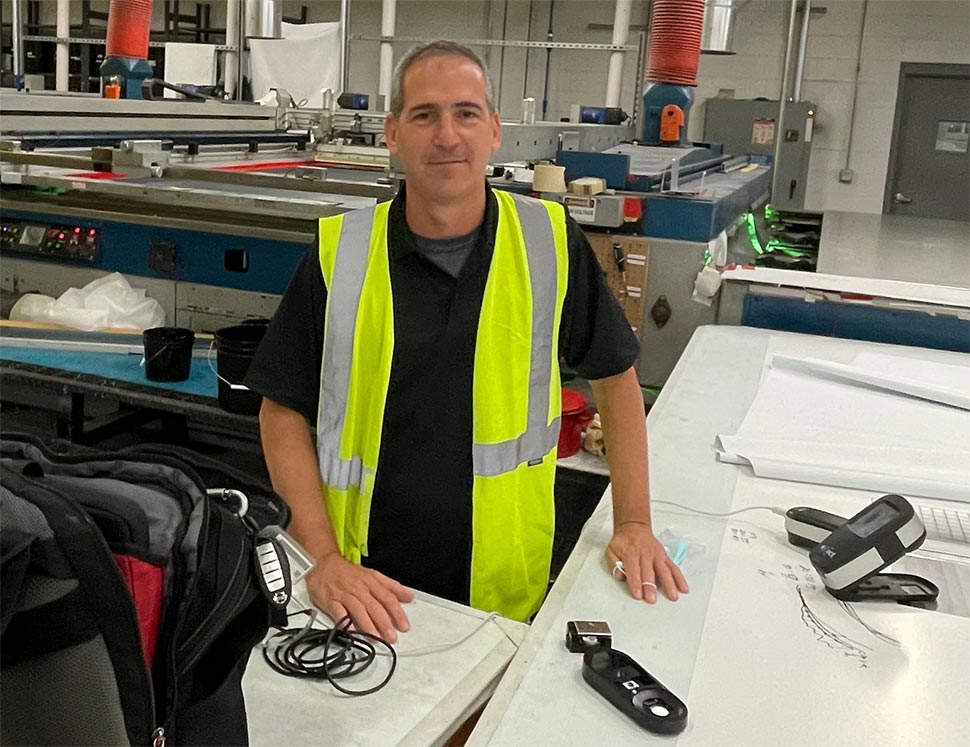Remote colour management seems to be one of the latest buzz words in the industry, and for good reason. In theory, these products and solutions promise a whole host of benefits to the user that could completely overhaul the way they operate and make life a lot easier.
However, when referring to the subject of colour ‘management’, it can potentially be a Pandora’s Box, pertaining to everything from ink density, paper type and machine variation to lighting conditions, environmental fluctuations, training, and technology – to name just a few variables.
Considering this reality in total, who wouldn’t want to outsource a time-consuming and sometimes expensive part of doing business? It is for this reason that investment in the right sort of solution is critical for success, otherwise you could be setting yourself up for an almighty fall.
Unfortunately, often ‘remote colour management’ is construed to be as easy as simply hiring someone offsite to create profiles, full stop. This notion is almost entirely wrong.
I agree that any expert could assist remotely, but I hesitate to deem the efforts true remote colour management. In theory, this would need to be an all-encompassing system that a manager would be willing to accept liability for all aspects of. For me, Remote colour management is a marketing buzz word that in reality has aspects of remote monitoring management but is not controlled remotely.
A remote colour ‘monitor’, on the other hand, knows beforehand when to recalibrate – and why – by having quantified over time each devices variation relative to tolerances not exceeding the devices own capability.
Three-step approach
So how do you address this conundrum? In essence, there are three levels of conformity an expert should use to passively monitor the entire process. I say passively because once the system is in place, alerts are set into place that identify drift. Once the drift exceeds acceptable behaviour, but still within tolerance, action needs to be taken.
The first and most important thing to monitor is how well the device behaves to itself over time using variation tolerances. ‘Baseline’ refers to the reference condition last taken for calibrating the device. I frequently get asked how often a device should be re-calibrated, to which I always reply, ‘as often as it needs to be.’
The second level of monitoring conformity is the adherence to industry standard printing aims, and their tolerances. Essentially, this is the second ring of tolerance, and sometimes used as the contract between brand owners and printers. If, for example, a device failed to meet the printing aim specification, it will also already have failed device variation.
The third level of monitoring, and maybe the most crucial for profitability, is how close each unit prints to the next. We employ a metric from ANSI/CGATS TR016-2014 called cumulative relative frequency (CFR) ∆E, at the 95th percentile, to compute the colour difference between two or more printing devices.
While ∆E gives a single number for colour differences measured between single samples, CRF compares and sorts several samples or an entire data set from lowest to highest ∆E. The full data set's 95th highest percentile ∆E is then used a single value to determine the colour difference between two printing devices.
We use CRF to specify a machine’s tolerance, typically set to a maximum of 5∆E. To assess conformity, a printed data set is compared to a reference printing condition data set, which is either a standard printing aim, or the machine calibration data set.
This is an interesting concept, because as we are all aware of ∆E used as a single number between colours, this is a single number used between devices. In this way, we can easily monitor which machines are printing closest to one another, or furthest apart. I’m not proposing we change remote colour management terminology, it’s just that I see a lot of companies, mostly OEMs, offering remote colour management services.
Proactive analysis approach
As devices age and environments change, colours drift out of tolerance, and in today’s world printers cannot afford to wait until something breaks to fix it. Opportunity costs and waste related to downtime often result in losing thousands when you factor in labour, material, and press time. The outmoded idea of ‘If it Ain’t Broke, Don’t Fix it’ is a troublesome path that leads to waste in printing.

At Nazdar, with the support of Chromachecker – the industry's first Color Conformance Platform – we offer Managed Colour Services, a cloud-based monitoring solution staffed by a team of colour experts who keep an eye on printing environments 24/7. Our services detect print device colour drifts beforehand by using advanced trend analysis and we are able to proactively address issues and prevent colour rejections before wasting valuable set-up and press time.
Our system will alert your team to take proactive corrective actions that keep your presses running. For example, when colours drift towards a device’s maximum defined tolerance, a new baseline can be measured. Furthermore, we use tolerances your device can achieve by defining them based on the gamut and performance of each individual device.
In summary, the true value of Managed Colour Services is avoiding downtime and saving money by transitioning from a break-fix mentality to a proactive analysis approach. With the help of ChromaChecker, a printer can assess if the output device can meet their expectations by establishing their own capabilities and customer expectations. It is compatible with virtually any software that a printer is already using at proof and press, so operators don't have to change their workflow.
But don’t just take it from us. Our customers are also very happy with the approach. George Palovcak from BGP Bristol Graphics & Printing, concludes: “Since 2018, our client U-Haul has implemented Nazdar Consulting Services remote printing monitoring services via Chromachecker.com to understand the characteristics of all of the different printing devices and control our color variation to keep our fleet of trucks with SuperGraphics looking consistent over the years.”
For more information on Nazdar’s Managed Colour Services, please click here
For more information on Nazdar and its comprehensive range of ink solutions, please click here
Authored by Tim Quinn, Nazdar Consulting Services.






